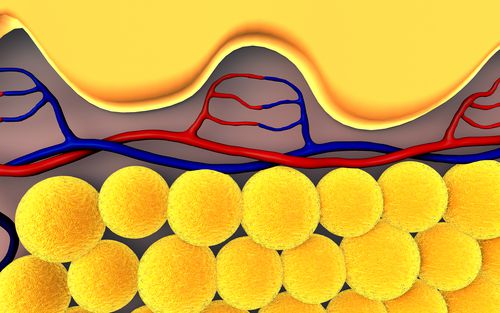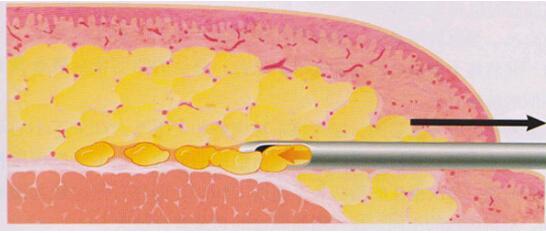Adipose Stem Cells

Adipose stem cells are a type of stem cell with multi-directional differentiation potential isolated from adipose tissue. It mainly restores the repair function of tissues and cells, promotes the regeneration of cells, restores the young face, and at the same time, fully improves the body function, effectively improves Suboptimal health, premature aging and other diseases, and effectively resists aging from the inside out.
Adipose tissue has abundant storage capacity in the human body and is easy to obtain, which has broad application prospects in tissue engineering, organ repair, genes, and other fields. Adipose derived stem cells can secrete various factors that promote angiogenesis, apoptosis, and cytokines related to cell maturation. These factors have various biological activities, interfere with cell proliferation and apoptosis, and participate in tissue cell growth, regeneration, and reconstruction. In recent years, the secretion function of ADSCs has received increasing attention and has become a new research hotspot in the field of stem cells, following bone marrow mesenchymal stem cells.

Adipose derived stem cells are a type of stem cells that can self renew and reproduce, possessing the multi-directional differentiation potential of general stem cells and stable in vitro multi generation proliferation ability. It can not only differentiate into adipocytes, osteoblasts, chondrocytes, Muscle cell, nerve cells, etc. under the action of different induction factors, but also secrete a certain amount of cytokines related to cell maturation and a variety of angiogenesis and apoptosis promoting factors. It can also act on fibroblasts through Paracrine signaling, promote their secretion of type I, III collagen and Fibronectin, promote collagen synthesis, and play an anti-inflammatory, antioxidant, anti-aging Damage repair and other functions.

What did the discovery of adipose stem cells bring to humans?
The discovery of adipose stem cells has brought a revolutionary era to life sciences, and people have now hoped that the research currently in sight is:
(1) Adipose stem cells can repair necrotic cells in the body and treat major diseases that are difficult to cure in the past: cerebral thrombosis, myocardial infarction, and diabetes are all cell death in organs, leading to organ dysfunction, ranging from mild disability to severe death. No drug can bring the dead cells in the above organs back to life. Stem cells can become these necrotic cells, enter these organs, and perform the same functions as dead cells, Thus, it can bring about a functional revival and completely cure this type of disease.
(2) Adipose stem cells can replace aging cells in the body and replace aging cells in organs: Some organs in the human body gradually age with age, and the root cause is that the cells in the organs age, secrete fewer hormones or bioactive substances, which in turn affect human functions. For example, male and female genital organs age, leading to decreased sexual ability and menopause; Brain Cellular senescence are aging, leading to the decline of people's memory, until senile dementia; Adipose stem cells can differentiate into young cells of these organs, and after implantation and survival, the differentiated young cells can produce the effect of organ function "rejuvenation". This effect is to delay human aging.
(3) Adipose stem cells can clone organs to replace failed or damaged ones: kidney damage has left countless families suffering, liver necrosis has taken countless lives, and heart failure has left many elites struggling; The emergence of adipose stem cells and the cloning of these organs have long been a fantasy. British scientists have cloned kidneys and hearts, which is a technology that is still some time away from practical application. However, will such a day be far behind?

In short, through adipose mesenchymal medium, adipose stem cells can serve as "seed cells" for various tissue cell regeneration. In the future, within 10 years, human beings will surely be able to use adipose stem cells to treat cerebral thrombosis, myocardial infarction, diabetes, senile dementia, and postpone female menopause; In no more than 15 years, humans can clone damaged kidneys, hearts, and other organs using adipose stem cells, and achieve self reconstruction of organs. At that time, humans will be like machines, replacing any parts that are worn out or damaged with new ones. Human "rejuvenation" is no longer a fantasy..
 中文
中文
 English
English




